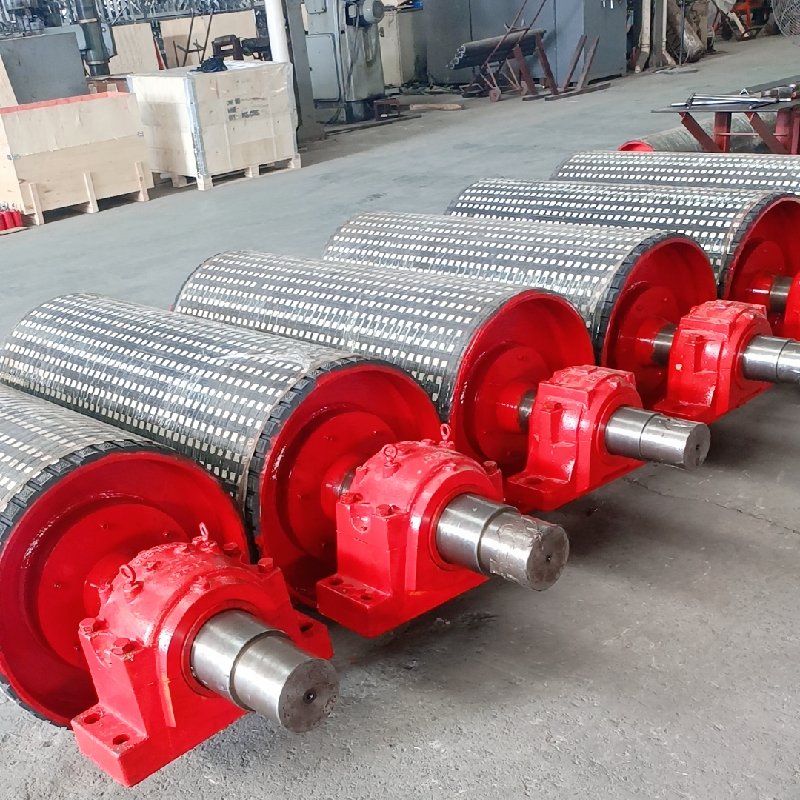 Afrikaans
Afrikaans  Albanian
Albanian  Amharic
Amharic  Arabic
Arabic  Armenian
Armenian  Azerbaijani
Azerbaijani  Basque
Basque  Belarusian
Belarusian  Bengali
Bengali  Bosnian
Bosnian  Bulgarian
Bulgarian  Catalan
Catalan  Cebuano
Cebuano  Corsican
Corsican  Croatian
Croatian  Czech
Czech  Danish
Danish  Dutch
Dutch  English
English  Esperanto
Esperanto  Estonian
Estonian  Finnish
Finnish  French
French  Frisian
Frisian  Galician
Galician  Georgian
Georgian  German
German  Greek
Greek  Gujarati
Gujarati  Haitian Creole
Haitian Creole  hausa
hausa  hawaiian
hawaiian  Hebrew
Hebrew  Hindi
Hindi  Miao
Miao  Hungarian
Hungarian  Icelandic
Icelandic  igbo
igbo  Indonesian
Indonesian  irish
irish  Italian
Italian  Japanese
Japanese  Javanese
Javanese  Kannada
Kannada  kazakh
kazakh  Khmer
Khmer  Rwandese
Rwandese  Korean
Korean  Kurdish
Kurdish  Kyrgyz
Kyrgyz  Lao
Lao  Latin
Latin  Latvian
Latvian  Lithuanian
Lithuanian  Luxembourgish
Luxembourgish  Macedonian
Macedonian  Malgashi
Malgashi  Malay
Malay  Malayalam
Malayalam  Maltese
Maltese  Maori
Maori  Marathi
Marathi  Mongolian
Mongolian  Myanmar
Myanmar  Nepali
Nepali  Norwegian
Norwegian  Norwegian
Norwegian  Occitan
Occitan  Pashto
Pashto  Persian
Persian  Polish
Polish  Portuguese
Portuguese  Punjabi
Punjabi  Romanian
Romanian  Russian
Russian  Samoan
Samoan  Scottish Gaelic
Scottish Gaelic  Serbian
Serbian  Sesotho
Sesotho  Shona
Shona  Sindhi
Sindhi  Sinhala
Sinhala  Slovak
Slovak  Slovenian
Slovenian  Somali
Somali  Spanish
Spanish  Sundanese
Sundanese  Swahili
Swahili  Swedish
Swedish  Tagalog
Tagalog  Tajik
Tajik  Tamil
Tamil  Tatar
Tatar  Telugu
Telugu  Thai
Thai  Turkish
Turkish  Turkmen
Turkmen  Ukrainian
Ukrainian  Urdu
Urdu  Uighur
Uighur  Uzbek
Uzbek  Vietnamese
Vietnamese  Welsh
Welsh  Bantu
Bantu  Yiddish
Yiddish  Yoruba
Yoruba  Zulu
Zulu Conveyor System Impact Bars for Enhanced Material Handling Efficiency and Safety
Understanding Conveyor Impact Bars Importance and Applications
Conveyor systems play a crucial role in modern industries, facilitating the efficient movement of materials across various stages of production. One of the critical components of these systems is the conveyor impact bar. This article delves into the importance of conveyor impact bars, their functions, applications, and selection considerations.
What are Conveyor Impact Bars?
Conveyor impact bars are specialized components installed at the point where bulk materials are loaded onto a conveyor belt. Positioned beneath the belt, they serve a dual purpose absorbing the impact of heavy loads and providing support to the conveyor system. Constructed typically from robust materials like rubber or polyurethane, impact bars are designed to minimize damage to the conveyor belt and enhance the overall operational efficiency of the system.
Importance of Conveyor Impact Bars
1. Protection of Conveyor Belts One of the primary functions of impact bars is to absorb energy during bulk material loading. When materials fall onto the moving belt, they can cause significant impact forces. Impact bars cushion this fall, protecting the belt from potential wear and tear, cuts, and damage, which could lead to costly downtimes and repairs.
2. Reducing Noise and Vibration The impact of heavy materials on a conveyor system can generate substantial noise and vibration. Impact bars help dampen these effects, contributing to a quieter operation and a more comfortable working environment for employees.
3. Enhanced Load Support Impact bars provide structural support to the conveyor belt in the loading zone. This is particularly essential when handling heavy materials, as they help distribute the load evenly, preventing sagging or misalignment of the belt.
4. Improved System Efficiency By minimizing belt damage and ensuring proper load distribution, impact bars contribute to the overall efficiency of conveyor systems. Reduced downtime for repairs means that operations can run smoothly, ultimately increasing productivity.
Applications of Conveyor Impact Bars
Conveyor impact bars are utilized across various industries, including
- Mining In mining operations where heavy materials are transported, impact bars play a vital role in ensuring the longevity of conveyor belts subjected to high-impact loads
.conveyor impact bar

- Agriculture For the transportation of grains and other bulk agricultural products, impact bars help protect conveyor systems from the abrasive nature of these materials.
- Manufacturing In manufacturing settings, impact bars are critical when moving products or components that could damage the conveyor belt during loading.
- Food Processing Food-grade impact bars are used in food processing industries where hygiene and safety standards are paramount, ensuring that the conveyor system remains compliant while protecting the belt.
Factors to Consider When Choosing Impact Bars
When selecting conveyor impact bars, several factors should be considered
1. Material Type The choice of material impacts the durability, flexibility, and performance of the impact bars. Look for high-quality rubber or polyurethane options that offer reliable impact absorption.
2. Size and Configuration The dimensions of the impact bars should align with the conveyor system's design and the specific requirements of the application.
3. Load Capacity Evaluate the maximum load the impact bars will need to support, as this will influence the thickness and design required for optimal performance.
4. Durability Select impact bars that can withstand the operating environment, including exposure to chemicals, temperature variations, and abrasive materials.
Conclusion
In conclusion, conveyor impact bars are an essential component of efficient conveyor systems. By protecting belts, reducing noise and vibration, and improving load support, these bars enhance operational efficiency across various industries. When selecting the right impact bars for your conveyor system, it is imperative to consider material type, size, load capacity, and durability to ensure optimal performance and longevity. With the right impact bars in place, businesses can achieve smoother operations and increased productivity.
-
Revolutionizing Conveyor Reliability with Advanced Rubber Lagging PulleysNewsJul.22,2025
-
Powering Precision and Durability with Expert Manufacturers of Conveyor ComponentsNewsJul.22,2025
-
Optimizing Conveyor Systems with Advanced Conveyor AccessoriesNewsJul.22,2025
-
Maximize Conveyor Efficiency with Quality Conveyor Idler PulleysNewsJul.22,2025
-
Future-Proof Your Conveyor System with High-Performance Polyurethane RollerNewsJul.22,2025
-
Driving Efficiency Forward with Quality Idlers and RollersNewsJul.22,2025





























